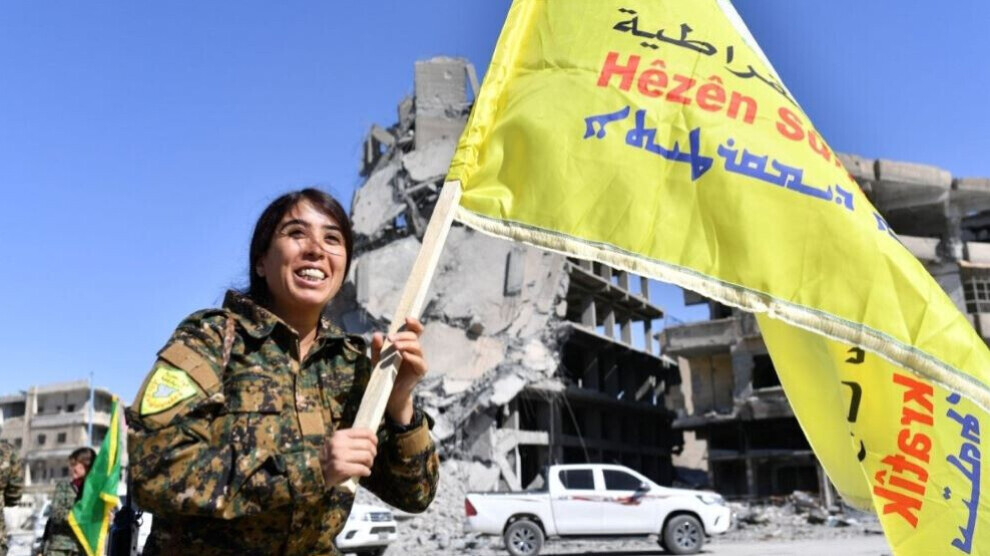Raqqa is a vibrant city four years after its liberation from ISIS
Videographic about the reality of Raqqa four years after its liberation from the control of ISIS,and nowadays its administration by its residents.
Videographic about the reality of Raqqa four years after its liberation from the control of ISIS,and nowadays its administration by its residents.

The Syrian Democratic Forces (SDF) celebrates the 4th anniversary of the liberation of Raqqa from the Islamic State with a videographic showing the city today.
Four years passed after the liberation of the city of #Raqqa
— Syrian Democratic Council SDC (@SDCPress) October 18, 2021
Raqqa takes off the black veil and is adorned with the colors of life
#Videographic about the reality of Raqqa four years after its liberation from the control of ISIS,and nowadays its administration by its residents pic.twitter.com/6qMgMrvPV7
After the Iraqi city of Mosul was occupied by the so-called Islamic State (IS) in 2014, the jihadists marched into Raqqa, one of the largest cities in Syria, with the weapons captured there. The Al-Qaeda group Jabhat al-Nusra and the so-called Free Syrian Army (FSA) abandoned the city. A little later, Raqqa was named the capital of the "IS Caliphate" and covered with a reign of terror oriented on the Salafist interpretation of Sharia. From Raqqa, IS gradually took over many other Northern Syrian cities and turned its attention to Kobanê in September 2014. The IS attacked the city on three fronts but met with unparalleled resistance. In Kobanê, the terrorist militia suffered its first defeat and was from then on pushed back bit by bit to its center, Raqqa.
On June 6, 2017, the Syrian Democratic Forces (SDF) launched an offensive to liberate Raqqa and, after five months of fierce fighting, ended IS rule there on October 17. The declaration for the liberation of the city was made by the Women's Defense Units (YPJ), which were fighting on the front line against IS. The declaration was announced to the whole world in Al-Naim Square, where the Islamic State had carried out public executions.
The administration of the liberated city of Raqqa was handed over after a short time to a civil council already founded in April in Ain Issa. A large part of the city was destroyed by IS and during the liberation offensive. Reconstruction was hampered above all by the booby traps left behind by IS. At the same time, covert cells of IS continued to carry out attacks.